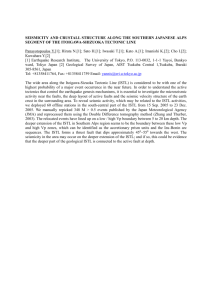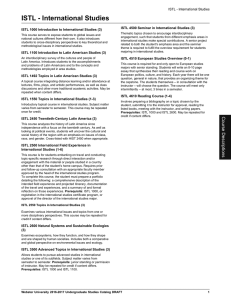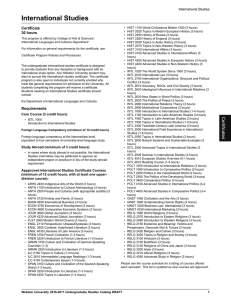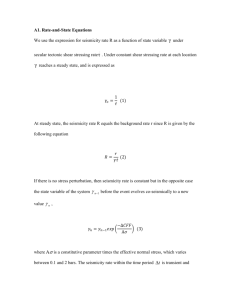The Itoigawa-Shizuoka Tectonic Line (ISTL) is a major geological
advertisement
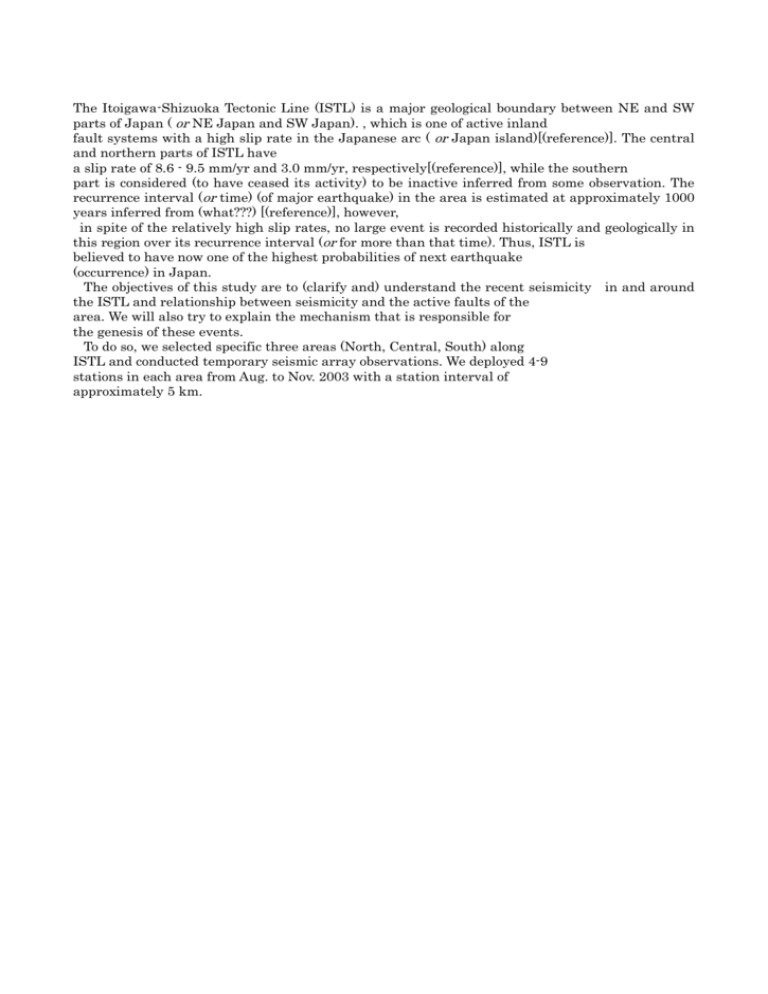
The Itoigawa-Shizuoka Tectonic Line (ISTL) is a major geological boundary between NE and SW parts of Japan ( or NE Japan and SW Japan). , which is one of active inland fault systems with a high slip rate in the Japanese arc ( or Japan island)[(reference)]. The central and northern parts of ISTL have a slip rate of 8.6 - 9.5 mm/yr and 3.0 mm/yr, respectively[(reference)], while the southern part is considered (to have ceased its activity) to be inactive inferred from some observation. The recurrence interval (or time) (of major earthquake) in the area is estimated at approximately 1000 years inferred from (what???) [(reference)], however, in spite of the relatively high slip rates, no large event is recorded historically and geologically in this region over its recurrence interval (or for more than that time). Thus, ISTL is believed to have now one of the highest probabilities of next earthquake (occurrence) in Japan. The objectives of this study are to (clarify and) understand the recent seismicity in and around the ISTL and relationship between seismicity and the active faults of the area. We will also try to explain the mechanism that is responsible for the genesis of these events. To do so, we selected specific three areas (North, Central, South) along ISTL and conducted temporary seismic array observations. We deployed 4-9 stations in each area from Aug. to Nov. 2003 with a station interval of approximately 5 km.
